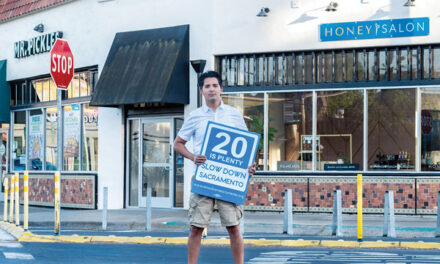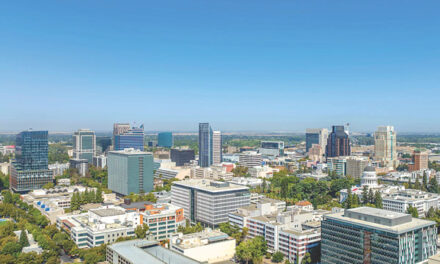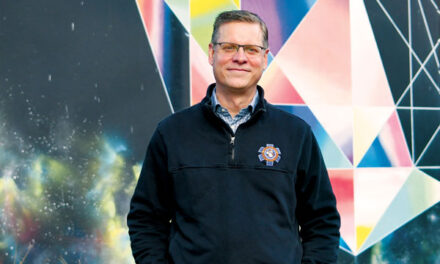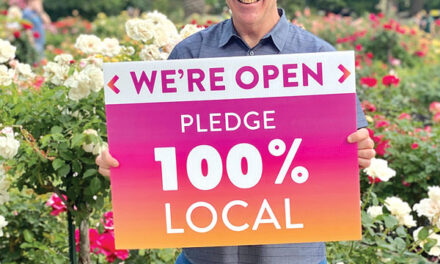Everyone knows we need additional housing, but 29 families soon moving into Washington Commons in West Sacramento are searching for something more elusive.
They want a community. A place where people look out for one another, share responsibility, and team up for walks and bike rides. Where they help with communal meals and offer a place for visiting friends and family for a night or two.
Washington Commons, a four-story cohousing condominium project under construction across the river from Downtown with 35 one- and two-bedroom units, is expected to be finished early next year.
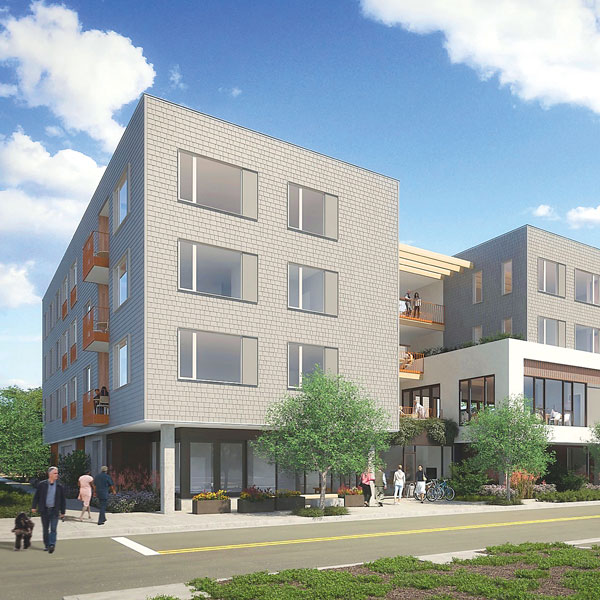
Originating in Denmark, the cohousing movement uses architecture, site planning, group decisions and rituals to foster interaction among neighbors. There are a few such projects in the area, notably Muir Commons in Davis. They provide a mix of private and common spaces.
A short walk from Sutter Health baseball stadium, Washington Commons units are priced at market rate. The development has all the privacy of a typical condominium but with common spaces for meals, recreation, exercise, a garden, child play areas and other activities. A parking garage is tucked beneath the apartments.
Although most were strangers when they purchased, future Washington Commons residents teamed up to buy the half-acre parcel, hire an architect and developer, and make joint design decisions—including tough calls when construction costs shot up 20% during the pandemic. They have formed rewarding new friendships.
One of the first to buy was Anne Geraghty, a vital 81-year-old community activist who had a long career at the California Air Resources Board. Geraghty, the catalyst to get Washington Commons going, was founding president of WalkSacramento, a nonprofit with a record of promoting safe, walkable communities. Her two-bedroom unit is on the top floor.
“Community is critical to our health and well-being,” she says. “Now we have research that shows loneliness can be worse for you than smoking. At Washington Commons, we will support each other in ways we can’t even imagine right now.”
Most residents are retired, but all are active, energetic people who want something more than a typical residential experience.
Meeting some of them, I thought of a recent magazine article that helps explain what Geraghty and her new friends strive to overcome.
“In the wake of the pandemic,” the article says, “it can sometimes feel as though Americans have become more proudly reclusive, less open to the benefits of community.”
That seems on target, but not for this group. Jenny Palmer, one of the younger members, is a Sutter Health X-ray technician. “This reminds me of the neighborhood I grew up in,” she says. “Everybody knew everybody. They took care of one another. I want that. It’s a wonderful way to live.”
There are around 180 cohousing communities in the United States. Katie McCamant, a Nevada City architect, has helped plan and design about a third of them. With her former husband Charles Durrett, she is the cohousing movement’s undisputed leader.
“The ultimate bottom line of what attracts people to cohousing is the community,” she says. “Some people come to it through the lens of sustainability because we use fewer resources due to all the sharing. Some come through the social aspect.
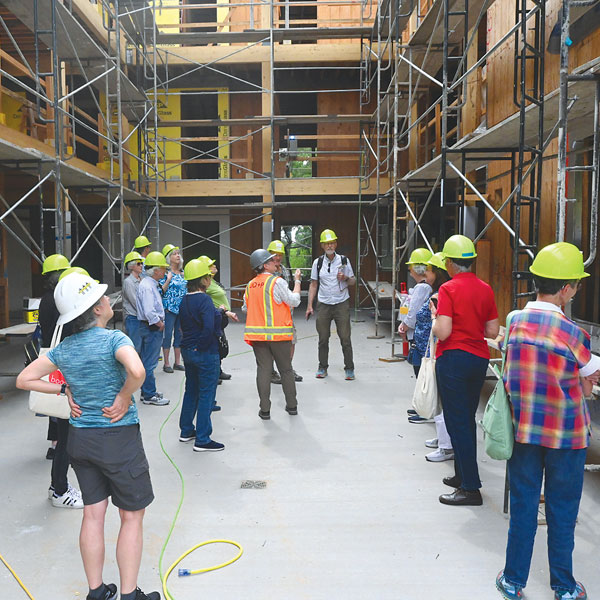
“At the heart of it for me is that I feel very strongly that we need a new model for our neighborhoods. The rest of the world looks to the United States for the model and if the world follows the American subdivision example, we’re dead. There’s no fighting climate change if everyone lives in these sprawling neighborhoods without knowing your neighbor. We need a better model.”
And it’s nice to have someone help with the meals, she notes.
“That’s the real magic juice of cohousing, sitting down and having a meal with people you know. That really holds us together. It’s something humans have been doing forever.”
Gary Delsohn can be reached at gdelsohn@gmail.com. Follow us on Facebook, Twitter and Instagram: @insidesacramento.





